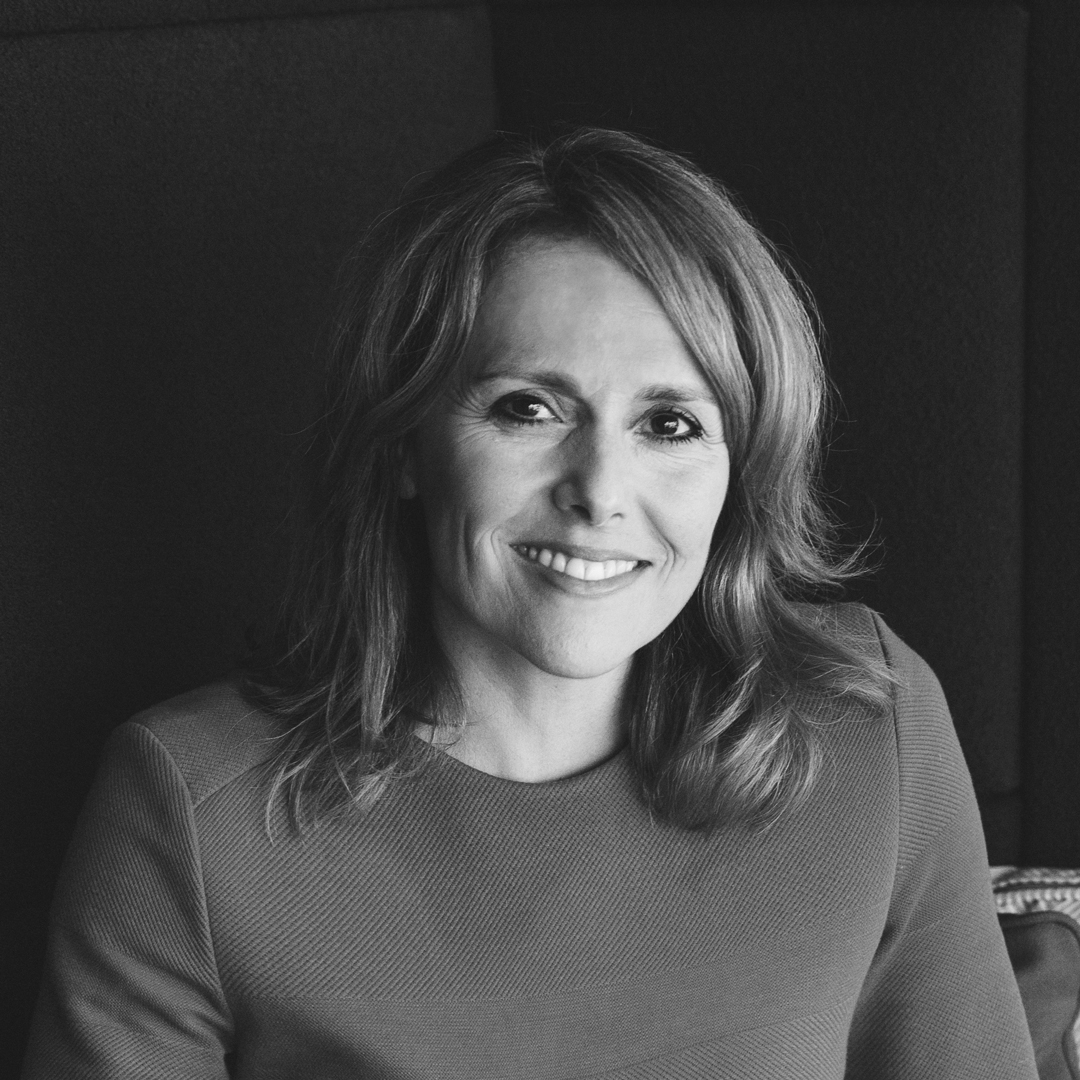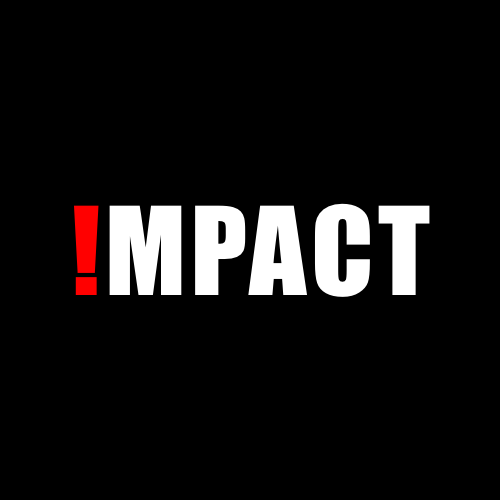Getty Images is a go-to platform for publishers, editors, content creators, and pretty much anyone in need of professional, relevant photography. But it’s more than a place to find new photos of politicians, celebrities, and events; it’s also a forum for breaking news. The photojournalists it employs have worked to uncover a number of groundbreaking stories, from John Moore’s coverage of immigration at the Mexico–United States border and the Ebola crisis to Dan Kitwood’s work on the Rohingya crisis in Myanmar.
For Lizanne Vaughan, vice president and corporate counsel at Getty Images, the company’s image-based work is crucial in a media environment overwhelmed by accusations of “fake news.”
“A free and open press is the foundation of a solid democracy,” she says, “and the potential of an image to educate, provoke conversation, and drive change is unquestionable. It’s also key to ensuring we have informed debates, perhaps at this time in history more than any other. The impact of our photojournalists on the dialogue that happens on a global level has been profound.”
A 2017 study from the Pew Research Center found that roughly two-thirds of Americans reported getting at least a portion of their news from platforms such as Facebook and Twitter. On platforms where the image is just as important as the words accompanying it—if not more so—Vaughan stresses that it’s beyond important to ensure that these images come from trustworthy sources.
“Without trusted sources, it’s really challenging to have honest debates on critical issues like the border and migrant issues John Moore has so thoroughly documented for more than a decade,” she says. “His images really help inform those conversations in a way that, without that context, you lose. Photography has the power to ignite passion, but it has to be rooted in credibility and integrity.”
Cultivating and maintaining that sense of integrity is a key part of Vaughan’s job at Getty Images, and she works with the company’s leadership to ensure that integrity manifests both in-house and in the breadth of work it produces. Within the organization, Vaughan works to support each and every photographer in her role, adopting a proactive strategy on the back end that finds her and her team developing local and national partnerships that ensure access and enforce the rights of a free press.
“If John runs into issues at the border, we have relationships with the right agencies and the resources to rapidly address those issues,” she explains. That support is crucial for photographers working within the United States as well. In 2014, Getty Images photographer Scott Olson was on the ground photographing the protests in Ferguson, Missouri, that erupted following the fatal police shooting of Michael Brown, an unarmed black teenager. In 2017, Olson was back in Missouri, covering protests in St. Louis following the acquittal of another former police officer on charges in the shooting death of Anthony Lamar Smith. Olson was arrested both times while covering the news events. Getty Images acted quickly to get him released and partnered with other industry organizations to work with police and local agencies on ensuring photojournalists are not impeded in their work.
“It is not OK to have American journalists getting jailed in America for doing their job,” Vaughan says. “We made sure that we got him released right away so we can ensure that these stories get told.”
Another major effort of Vaughan’s, one that is emboldened by Getty Images’ leadership, is an internal push toward diversity that helps to, in her words, “increase the engagement of underrepresented communities.” Diversity, she emphasizes, is especially crucial at Getty Images because differing perspectives are essential to exploring every side of an issue or national conversation. Anyone who has a role in creating, distributing, and selecting imagery at any level in the advertising and editorial industries has the ability—and responsibility—to better represent the diverse audiences they are speaking to, Vaughan says.
“We have a set of leadership principles by which we operate as a company, and among those leadership principles is a commitment to trust and transparency and to creating and fostering a diverse and inclusive workforce,” Vaughan explains. “Are we bringing all voices to the table to create a diverse and inclusive environment in terms of gender, race, age, and thought?”
By weaving these disparate viewpoints into Getty Images’ library of images, the hope is that consumers will have the “access one needs to view different perspectives,” Vaughan says. The direction of the lens and the choice of what to shoot and how to frame it is inevitably impacted by the background and experience of the person behind the camera. And, when it comes to understanding the breadth of a current headline-generating issue, an abundance of perspectives makes for more nuanced conversation.
“We’re trying to ensure that our citizenry has choices,” Vaughan continues. “The mind processes imagery faster than words, so when you lay those images against one another, it allows you to process their individual details in a unique and important way.”

These efforts are having an impact, too. Vaughan says that less than a decade ago, Getty Images’ most downloaded image using the search term “woman” was of a “scantily clad” model in bed. In 2017, after the company committed to providing more options and new perspectives—including launching its partnership with LeanIn.Org, the women’s nonprofit founded by Facebook COO Sheryl Sandberg, to create the Lean In Collection on Gettyimages.com—the most downloaded image was depicting a woman alone atop a mountain in Banff, gazing off into the distance.
“This principle of diversity and inclusion feeds our potential to change the narrative in society around how women are pictured,” Vaughan says. “We can offer different viewpoints of traditional roles that, until now, have been seen through male-dominated or primarily white lenses.”
The impact ripples not just through the news outlets in need of images, but also to consumers. “It’s that powerful gaze that allows us to move dialogue not just through our news journalists, but also through the way our customers are using our creative content to support their articles or advertising campaigns,” she says. “It helps create a society that can embrace all of these cultural differences.”
Photo: Amber-Cash Photography
Sebris Busto James is privileged to represent Getty Images as employment counsel and is privileged to work with Lizanne Vaughan. Lizanne brings energy, imagination, humor and compassion to her role as Vice President, Corporate Counsel. She is an effective advocate and business leader, and a pleasure to work with.

